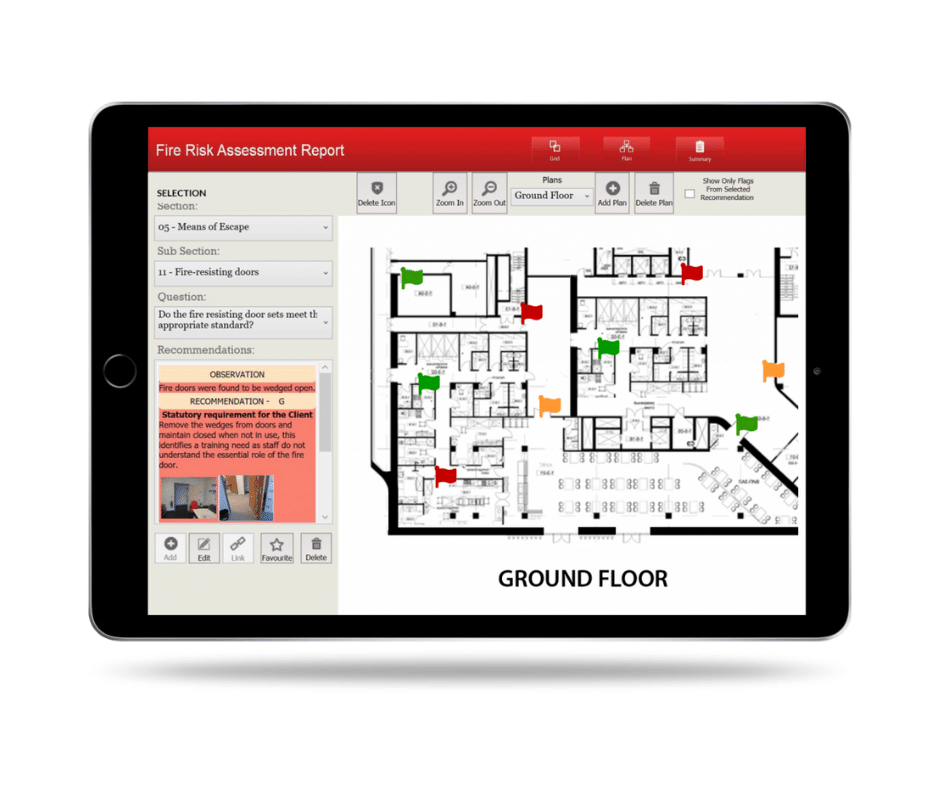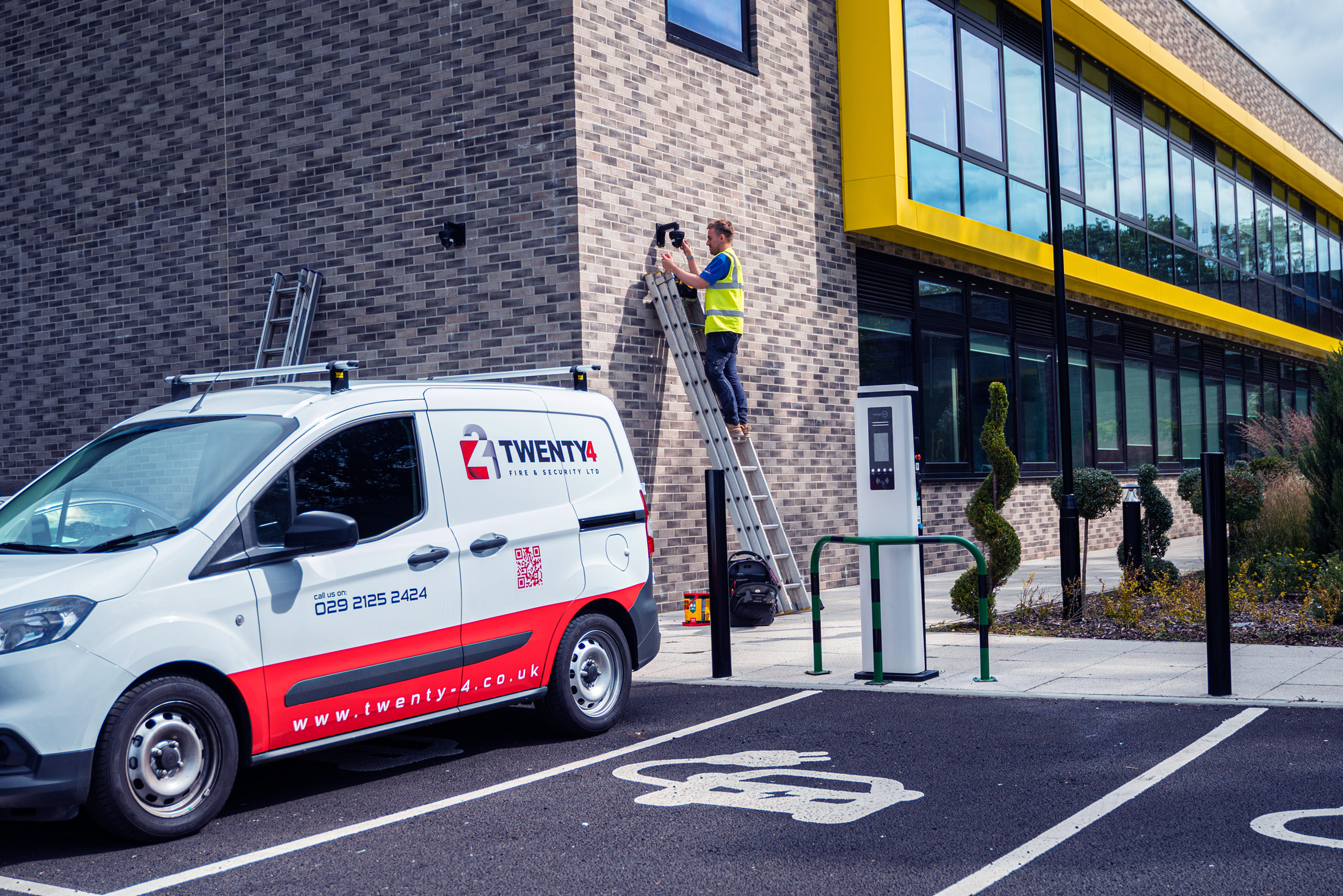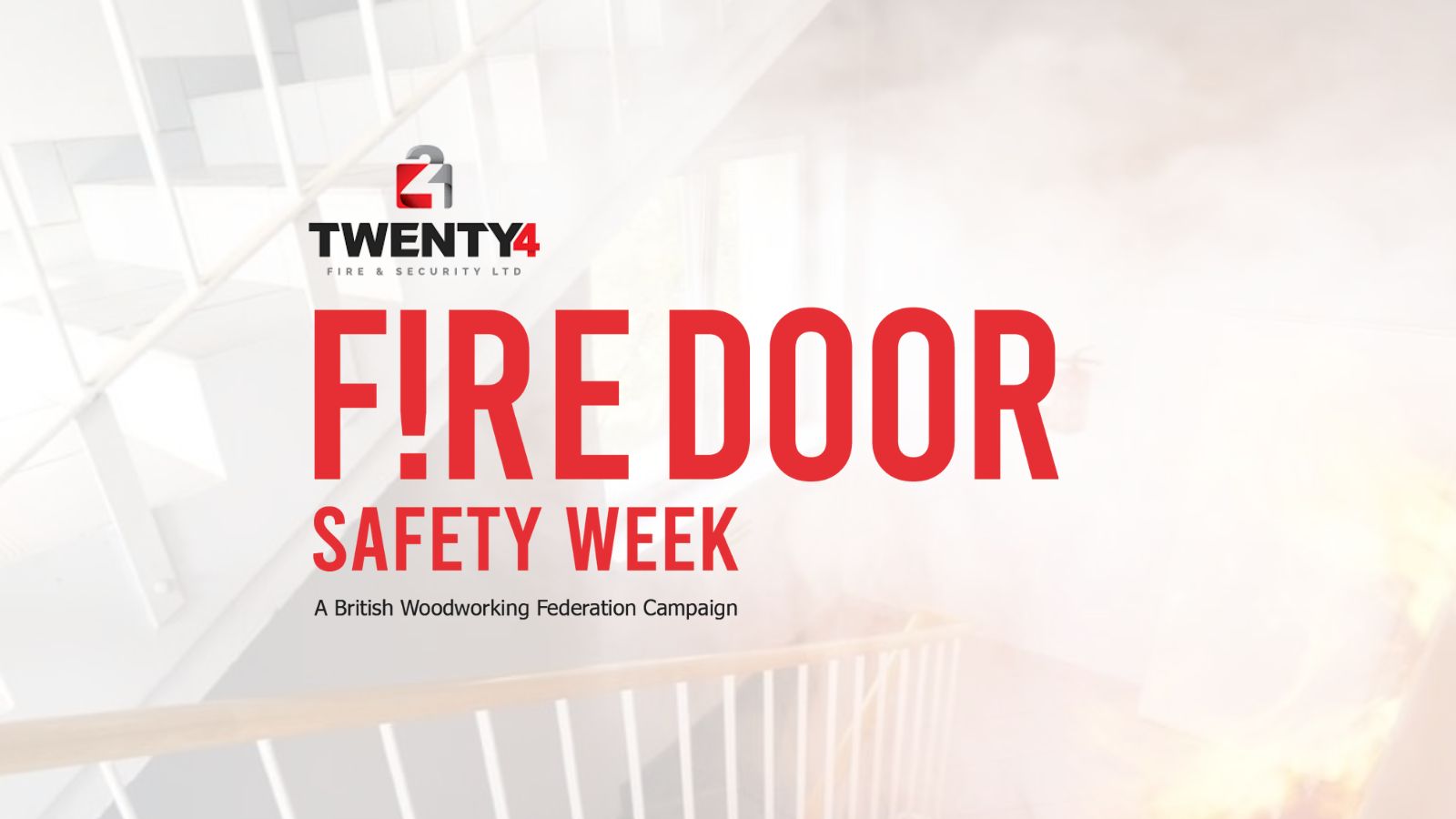Whether you run a hospitality business, construction company, a salon in the city or are a property landlord, you will be well aware of the fact that you need to conduct an annual fire risk assessment. This is a legal obligation for most employers, building owners, and property owners, with these requirements set out in The Regulatory Reform (Fire Safety) Order 2005.
But, were you aware that there are different types of fire risk assessments? The truth is, many are unaware of this, meaning they could be conducting their risk assessment in the wrong way and not covering what is required of them by law. To ensure you are best protecting your property and its inhabitants/visitors, gaining an understanding of the different professional fire risk assessments available is a worthwhile task. In this blog, we provide an introduction to the different types of fire risk assessments.
Type 1 Fire Risk Assessment
A Type 1 Fire Risk Assessment is categorised as a ‘non-destructive risk assessment as is one of the most common risk assessments.
A Type 1 Fire Risk Assessment is designed to survey certain areas of a building’s makeup. This mainly includes shared areas such as lobbies and apartment hallways, not individual dwellings.
The main reason for these assessments is to satisfy the targets of a Fire Safety Order and to ensure all common parts of a building are ‘fire safe’. This includes having clear fire safety signage and escape routes.
Type 2 Fire Risk Assessment
A Type 2 Fire Risk Assessment is a lot less common and is usually recommended if issues were found when conducting a Type 1 Fire Risk Assessment. This includes increased risks associated with the building’s structure in relation to the spreading of fire and smoke.
In most cases, destructive sampling will be required, meaning larger associated costs for this type of fire risk assessment.
Type 3 Fire Risk Assessment
A Type 3 Fire Risk Assessment is far more all-encompassing and goes beyond what is required by law. As well as vetting common areas such as lobbies and hallways, a Type 3 Fire Risk Assessment also audits individual dwellings, structures, and compartmentation between flats.
Type 4 Fire Risk Assessment
A Type 4 Fire Risk Assessment is similar to a Type 2 Fire Risk Assessment as it requires a destructive sampling aspect. However, the assessment covers both common parts of a building and living areas.
What type of Fire Risk Assessment do I need?
In the majority of cases, a building will require a Type 1 Fire Risk Assessment. Type 2, 3 and 4 options are usually suggested if additional risks are identified during the initial assessment.
To discuss your fire risks and what you need to do to ensure you are operating in a compliant manner, contact the Twenty4 Fire and Security team today! With decades of experience in the world of fire safety, you will be in safe hands when appointing us as your fire safety partners.





